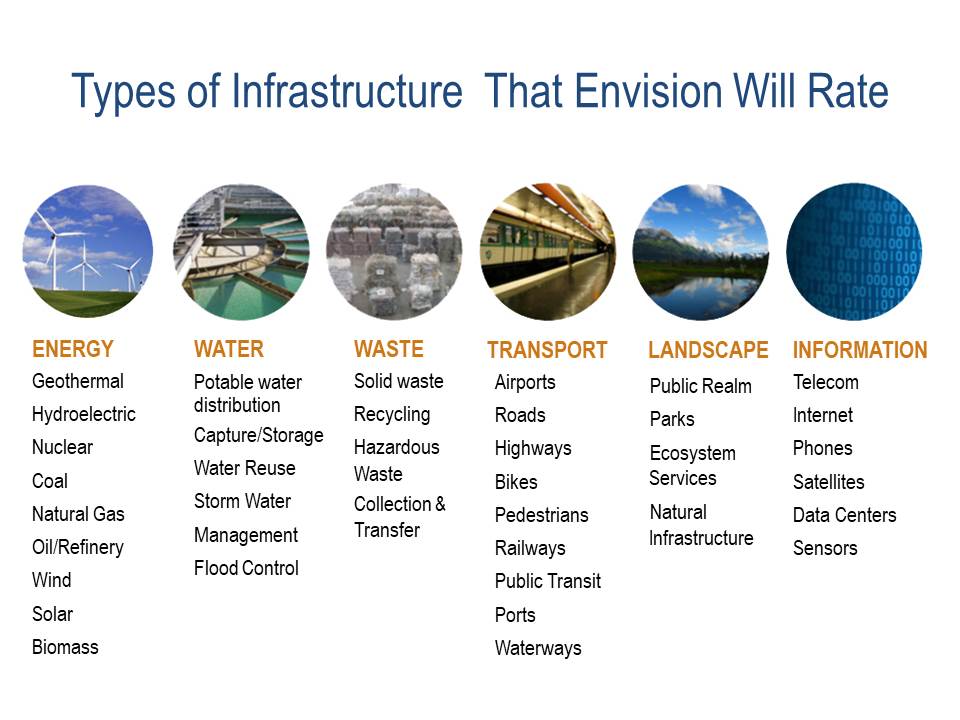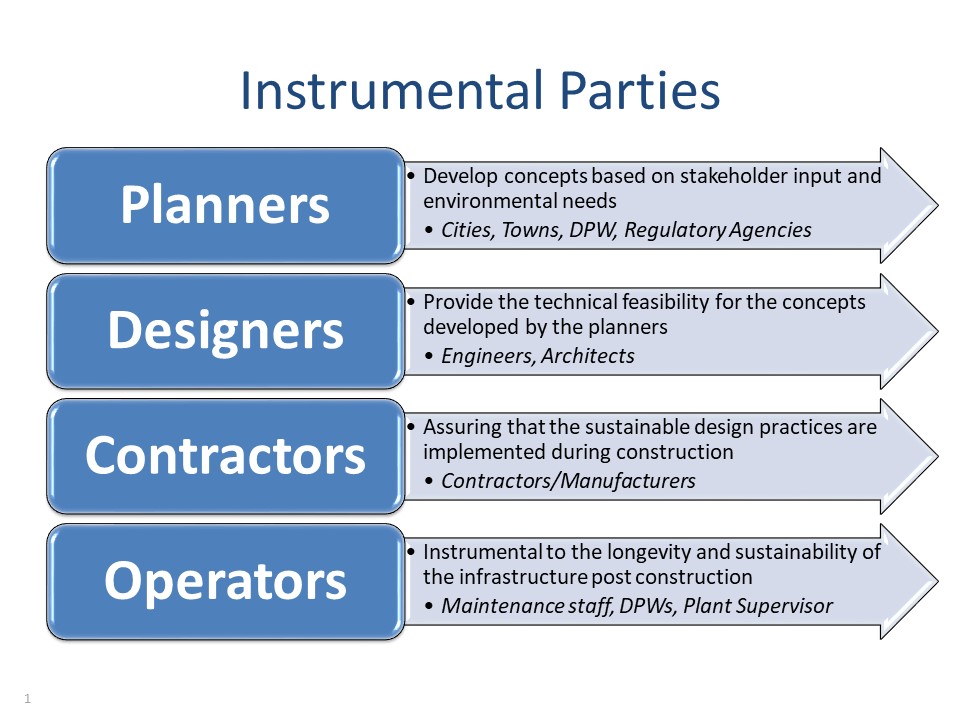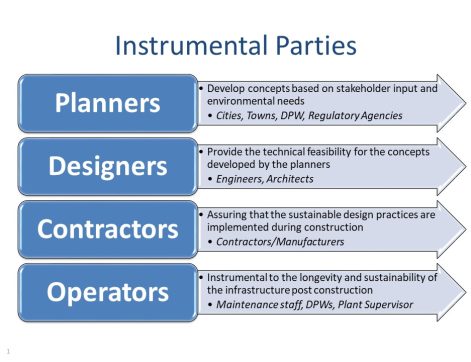Green design and construction practices have been around for some time, and there are several industry rating systems to help with implementation. Leadership In Energy and Environmental Design (LEED), a sustainable rating system for buildings, is the most widely used system around the world. The LEED program guides the design, construction, operations and maintenance of buildings toward sustainability. It has been 16 years since the first version of LEED, and the number of buildings receiving LEED certification increases each year. And it’s not just about the shiny plaque! It has proven to increase building performance throughout the lifecycle of the building while enhancing the experience of the occupants. The program provides real long-term cost savings in the operation and maintenance of these buildings. This was demonstrated during the economic downturn of 2008-2009 when, despite the economy, the number of registrations increased. “Green” sustainable design can increase the efficiency of a building, provide long-term cost savings, increase public recognition of a project, and improve quality of life.
But, what about infrastructure? Infrastructure changes the way we get around, communicate, and view the world—it is an essential element to our culture. However, it has different challenges than buildings. Often coordination between several organizations that each have their own agendas and budgets is one of the major challenges when implementing sustainable design for infrastructure.
Similar to how LEED is focused on the occupants of the building, the new Envision Rating System focuses on the stakeholders affected by the project. Envision is an objective framework of criteria and performance achievements that helps users identify ways in which “green” sustainable approaches can be used to plan, design, construct, and operate infrastructure projects. It also looks to enhance the social, environmental and economic aspects of a project by providing a holistic project assessment and guidance tool to tackle these challenges. Using the design and building of a new industrial plant as an example, Envision encourages cohesive planning so that how the new plant impacts the historical value of the community is as important as how clean the air is being released thru its smokestack. The goal of the program is to best use taxpayer dollars, reduce our environmental footprint, and enhance the overall quality of life in our community.

Types of Infrastructure Envision Will Rate
Envision is broken down into five categories to evaluate how a project contributes to the overall sustainability of the community.
- Quality of Life – addresses a project’s impact regarding the health and well-being of individuals and the community as a whole.
- Leadership – engages the project stakeholders and team leaders to provide meaningful commitment, collaboration and communication with each other.
- Resource Allocation – dives into the use of recyclable materials and overall waste reduction for the long-term operation and maintenance of the infrastructure and construction.
- Natural World – how the project preserves and renews ecosystem functions.
- Climate and Risk – looks at two main concepts: ensuring resilience and minimizing emissions of a project both in the short-term and long-term future conditions.
Using Envision demonstrates an organized and comprehensive approach to decision making. It embraces the use of best practices and garners support from stakeholders. Effective sustainable infrastructure development cannot be completed without involving several parties.
Similar to the LEED program, Envision has four award levels: bronze, silver, gold and platinum. Even if an award is not pursued, it is strongly encouraged to use Envision criteria as a guide or a set of standards for creating sustainable infrastructure. Envision is laying the groundwork for making sustainable design the new standard for all infrastructure projects.

Instrumental Parties
And why not!?! Here are some advantages to doing so:
- Quantifying the qualitative benefits, including preserving local character
- Applying a consistent, transparent approach to sustainability
- Helping communities address long-range needs
- Evaluating environmental and economic benefits
- Extending the useful life of a project
- Improving the efficiency of a project
- Demonstrating good governance of resources
Just as using a sustainable building rating system as a guide for development has proven to be worth the investment for new building construction, Envision will help guide decisions about sustainable infrastructure projects to be made proactively instead of re-actively in our communities. Imagine a world with less congestion, cleaner waters, purposefully-developed communities, and tax dollars being used more efficiently. Envision provides the framework to improve the way we develop the infrastructure and its impact on our daily lives
Notes:
- Learn more at https://sustainableinfrastructure.org/.
- For more information about the growth of the LEED program: https://www.usgbc.org/articles/leed-numbers-16-years-steady-growth
- To see some Envision awarded projects: http://sustainableinfrastructure.org/envision/project-awards/#2/22.9/-86.1
- Envision was developed by the Institute for Sustainable Infrastructure (ISI) in partnership with the Zofnass Program at the Harvard Graduate School of Design. ISI was founded by the American Council of Engineering Companies (ACEC), the American Public Works Association (APWA), and the American Society of Civil Engineers (ASCE).



